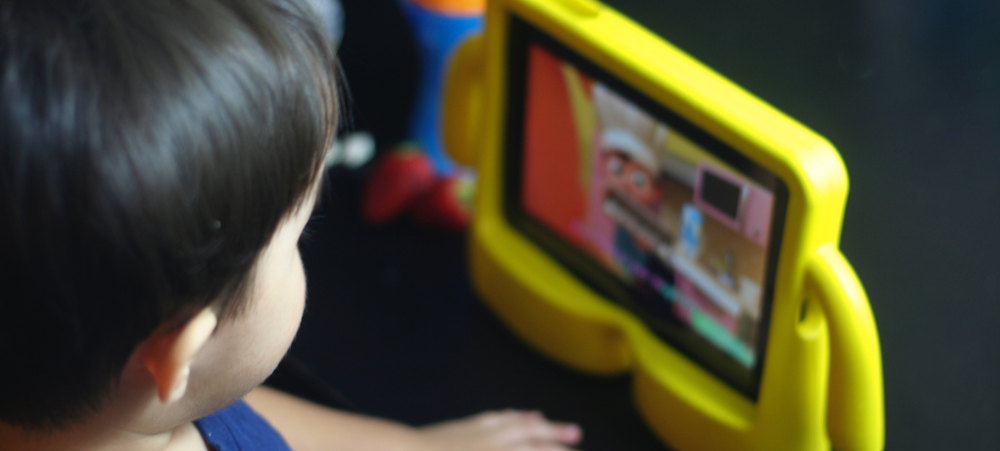
Women Who Shaped Our Heritage: Helping Children Learn Through Powerful Stories
When children learn about history, it often starts with dates, flags, and major events. But the heart of our heritage lies in the people behind those events—the leaders, thinkers, artists, and everyday individuals who played pivotal roles in shaping the world we live in today. There are incredibly powerful stories of South African women who stood up, spoke out, and sparked change. The reality is, we don’t always hear enough about them when our kids are learning. But Heritage Month? That’s the perfect time to really celebrate what these South African heroines did and show our children that courage, leadership, and resilience come in all sorts of shapes and sizes. Think about women like Charlotte Maxeke, the very first Black South African woman to get a university degree. Or Albertina Sisulu, who was central to the fight for democracy. Mia Le Roux, the first Miss South Africa with a cochlear implant, and Major Mandisa Mfeka, South Africa’s first black female combat pilot. Their stories aren’t just for history books; they teach our children about standing up for what’s right, chasing after education, and using their voices to truly make a difference. How can we introduce our children to these historical figures in an engaging way? It can be super simple! Just a chat, or even a bedtime story inspired by these real-life heroines. For the little ones, using pictures, colouring pages, and fun themed activities makes it all relatable and enjoyable. Older children might love researching a specific figure and presenting what they’ve learned in a mini project or a speech. When children see role models who look like them or share similar backgrounds, it’s an affirmation of their potential, showing them what they’re capable of. It whispers, “You belong here too.” And, for all children, learning about women from different cultures just builds empathy, respect, and a much deeper appreciation for South Africa’s incredibly diverse heritage. So, how can parents and teachers practically weave these stories into everyday learning? Easy! Just blend them into reading time, creative writing, or even special themed lessons in class. Learning about the women who shaped our nation isn’t just about knowing history; it’s about building character. If you’re unsure where to begin, look for resources that fit your child’s age, are relevant to South Africa, and are easy to include in their daily routines. This Heritage Month, let’s make space for the stories that deserve to be told—and celebrated. Looking for South African-themed resources to introduce your kids to our national heroines? Visit twinkl.co.za. You’ll find posters, PowerPoints, writing templates, and more, created to support learning both at home and in the classroom.































